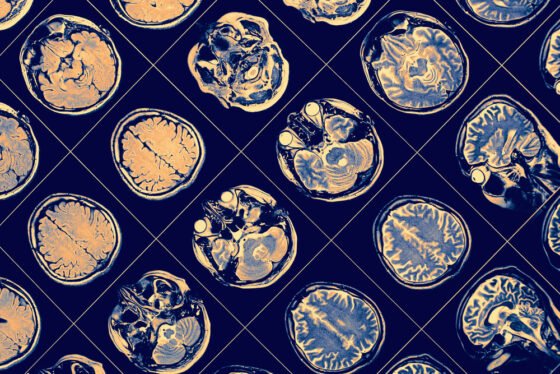By David Stephen
Sedona, AZ –When neuroscientists say no one knows how the brain works, it is because the field of brain science continues to linger at neurons, which were discovered to be responsible for functions, more than a hundred and thirty years ago.
How do you explain mental health by the activities in the brain?
This question means that how do you model changes in the brain of one mental state, differently from another state?
How do you explain drug addiction? Consciousness? Sentience? Brain disorders and so forth?
It is quite difficult, if not impossible, to model neurons for brain states. Neurons may adjust, move, but whether in a small cluster or in a large cluster, there is almost no way for neurons themselves to set up the architecture for one smell, or for smells in general.
There are several kinds of smells, touches, sights, tastes and sounds. It is, maybe, impossible to have distinct neural representations for each or even for groups of them. The reason is that neurons are not that flexible. They are cells. They do not have the property to become something else, or to be that versatile, for almost countless amounts of functions.
Also, even if it were possible to model neurons, neurons are never functional without electrical and chemical signals. So, any model must show neurons, then their signals—to define functions.
Since neurons cannot be modeled—so to speak—and signals are dominant across their functions, it is possible to bypass neurons and model signals directly as responsible for functions.
This would make it credible to terminate the assumption that neurons are communicating with signals or that signals are transmitters.
Communication or transmission is possible if neurons were doing their own thing, not setting up functions for humans’ relationship with the world.
This means that neurons do not have to communicate, because there is nothing to say to each other for their survival or actions—so to speak. Signals are the basis for functions. Neurons are their structures of operations. Neurons are like the architecture while signals are the [definitive] occupants. Not just nothing occupants, being signals, but with contents for functions, like smells and other sensory experiences.
Ruling out communication and transmission, it is possible to theorize that electrical and chemical signals are principally configurators of functions.
This means that when there is a smell, it is configured electrochemically. Electrical configurators are interacting with chemical configurators. It is the event of the interaction that leads to functions. This means that alone, electrical configurators and chemical configurators may not be much, so to speak, until they interact, that is when a smell is obtainable or a taste and so forth, conceptually.
There are states of the configurators at the time of the interactions becoming the limits or extents of those interactions. This indicates that another possible step is ready in brain science, using the configurators to explain and define functions, including brain disorders, consciousness and so forth.
Even if how the brain works is not understood, this is at least usable and scientifically rigorous, given all the data and evidence from millions of studies over decades in neuroscience.
Brain science could not explain mental health, drug addiction, consciousness and others. So, the field became less relevant to mainstream problems, sticking to other things.
Now, NIH centers and institutes are getting cut, research funding is getting slashed, several changes are happening to neuroscience, since it is assumed that even at their peak funding, they explained to solve nothing [including psychiatry] at scale.
Electrical and chemical configurators are answers—moving forward from the aged stall of neurons.
There is a recent [June 9, 2025] letter, The Bethesda Declaration: A Call for NIH and HHS Leadership to Deliver on Promises of Academic Freedom and Scientific Excellence, stating that “Dear Dr. Bhattacharya, For staff across the National Institutes of Health (NIH), we dissent to Administration policies that undermine the NIH mission, waste public resources, and harm the health of Americans and people across the globe. Keeping NIH at the forefront of biomedical research requires our stalwart commitment to continuous improvement. But the life-and-death nature of our work demands that changes be thoughtful and vetted. We are compelled to speak up when our leadership prioritizes political momentum over human safety and faithful stewardship of public resources.
Many have raised these concerns to NIH leadership, yet we remain pressured to implement harmful measures. Today, we come directly to you. We include Secretary Kennedy and members of Congress who oversee NIH. We look forward to working with you and Department of Health and Human Services (HHS) leadership to maintain NIH as the world leader of biomedical research.
On June 9, 2025, we sign this declaration in Bethesda, Maryland, U.S. In addition to the named signers, we include anonymous signers and speak for countless others at NIH who share our concerns but who — due to a culture of fear and suppression created by this Administration — chose not to sign their names for fear of retaliation.“



